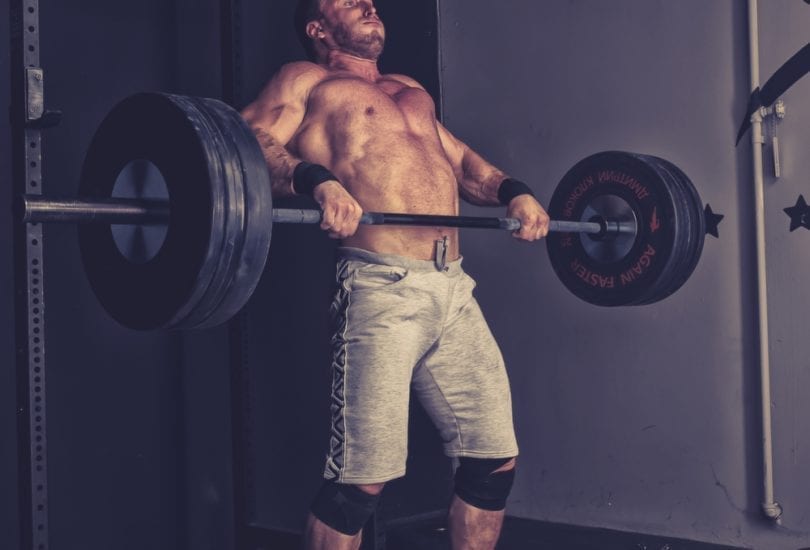Written by Team Juggernaut
John Frazier serves as the Head Throws Coach at UCLA, where he also competed in the 1980s with PRs of 65’2.75” in the shot put and 208’6” in the hammer. Coach Frazier has 24 years of experience in the track and field coaching community with stops at University of Florida, University of Arizona and University of Tennessee, where he has produced 43 All-American Athletes and 4 NCAA Champions.
Chad recently had the opportunity to sit down with Coach Frazier and discuss some topics that while especially pertinent to throwers, will also have strong correlation to any athlete involved in speed/power dominant sports.
1. What weightroom exercise do you see having the higest correlation to being a successful thrower?
The ability to learn the Olympic lifts; not necessarily being able to move a lot of weight in them, but an athlete who can learn to perform them with great technique understands how to accelerate, use all of their body as a single powerful unit and apply force through the ground. All of those are key characteristics to being a good thrower.
2. How do you if tailor your training to the different abilities of athletes in your program?
It is key to work towards the strength of your individual athletes because everyone is unique and has to figure out what works for them. What works for a 6’6” athlete isn’t usually going to work for a 5’10” athlete from a technique standpoint. Whether it is technique or adjustments in the weightroom or in throwing volume/weights used, you need to figure out what works for you or your athletes; don’t try and fit them all into the same mold.
3. Special strength is always a popular topic in the S&C community, how do you implement special strength training into your athlete’s programming?
Throwing is the most important thing to a throwers training. I haven’t implemented too many special exercises into my athletes training, I think that if the basics (squat, bench, Olympic lifts, jumps) can work for an athlete, then there is no need to change it. Some that we have used with success though are heavy medball drills and various exercises with sledge hammers.
The basis of any special strength work we do is based in throwing different weight implements. We will throw from the 14 to 18# shot and the different weights will develop different speed and strength qualities.
4. Gliders have dominated the big international meets (Olympics and World Championships) in recent years, do you think there are more Americans who need to pursue the glide?
No not necessarily. Guys in the NFL and NBA have the bodytype to excel in the glide, but for obvious reasons those type of guys (6’6”+, 275ish pounds) are pursuing football and basketball, not throwing. The glide requires higher levels of strength and I think that is why you saw guys in the 60-80s being more successful with it, when drug testing was much more lenient. The spin allows a good athlete to throw far with technique and timing and doesn’t beat up the body as much, so it allows you to take more throws. At the highest levels though the glide has proven to definitely be the best thing for female throwers, but as I mentioned before everything is individual, and there are plenty of women who will throw better with the spin than glide.
5. If you could give one piece of advice to a young thrower (or coach who works with young throwers) what would that be?
Be a student of throwing by knowing the history of your event. Trust your coach and not every bit of information you read on the Internet. Because what you read my not be right for you. Or It may not be the right time to implement it.




